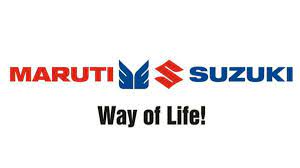Medilytix bureau :The rate of increase in the income level of the consumers in this segment is slower than the increase in price levels.” The rate at which these vehicle prices have increased in the past two-three years has been faster than income, and thus the affordability factor has come down. As a result, we believe that this segment has become smaller than the SUV segment, “Srivastava said.Maruti Suzuki India’s small car segment is likely to witness growth in terms of volume despite a decreasing share in the overall domestic passenger vehicle market, said Shashank Srivastava, Maruti Suzuki India Ltd Senior Executive Director (Marketing & Sales),
He explained that affordability is a major concern that has impacted the growth of the small-car segment. The company is betting on first-time buyers and more customers from rural as well as suburban areas—tier II and III towns.
“We believe the absolute volume (of small cars) will increase, but as a percentage of the total volume (of passenger vehicles), which is 38 percent at the moment, this may show a decrease, but in absolute volume terms, it will increase,” PTI quoted Srivastava as saying.
The hatchback market used to fluctuate between 45 and 46 percent of the total passenger vehicle market for the last five years, and last year it dipped to about 38 percent, while SUVs, with 40 percent of the overall market, became the largest selling segment, he added.
However, in terms of absolute volume, Srivastava said the small-car segment is still pretty large.
“Roughly, if you look at the last fiscal’s full-year volume of about 30.7 lakh, 40 per cent of that is hatch. It was just under 12 lakh last year. The market for SUVs last year was 12.3 lakh. “So, there is not a very large difference in terms of volumes,” he said.
However, in terms of absolute volume, Srivastava said the small-car segment is still pretty large.
“Roughly, if you look at the last fiscal’s full-year volume of about 30.7 lakh, 40 per cent of that is hatch. It was just under 12 lakh last year. The market for SUVs last year was 12.3 lakh. “So, there is not a very large difference in terms of volumes,” he said.
“So, that is the reason why we are confident that this demand in this segment will remain strong and grow,” Srivastava asserted.


